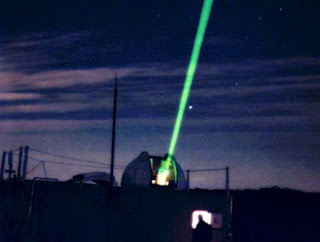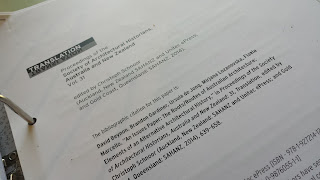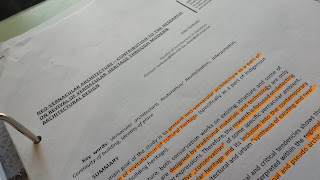Sister Maria: Letter From The Devil Private Translation
Letter From the Devil: Sister Maria: Translation By Tommy Langra: Disclaimer: My translating capacity is a natural capacity. I have not been tutored, nor have I learnt other languages. However, I have been tested by many people in translating everything from ancient Aramaic, to modern Arabic, Hebrew, Ancient Norse and Egyptian. Most Often when translating contemporary languages, the comment is made ‘You translate like you are reading a mind.’ For those people who need an absolute and direct English translation, they will need to take the meaning of what I write here and apply the dictionary. This means that what I write will unveil the intent, yet some complex notions (such as words like ‘negotiate’ which could be translated as ‘a discourse between to people wherein there is a sense of aggression) or words are extrapolated. I haven’t looked at any other translation of this text, written 300 years ago as a Devil or ‘the devil’ possessed a 30 year old Catholic Nun, but I can tell y...



